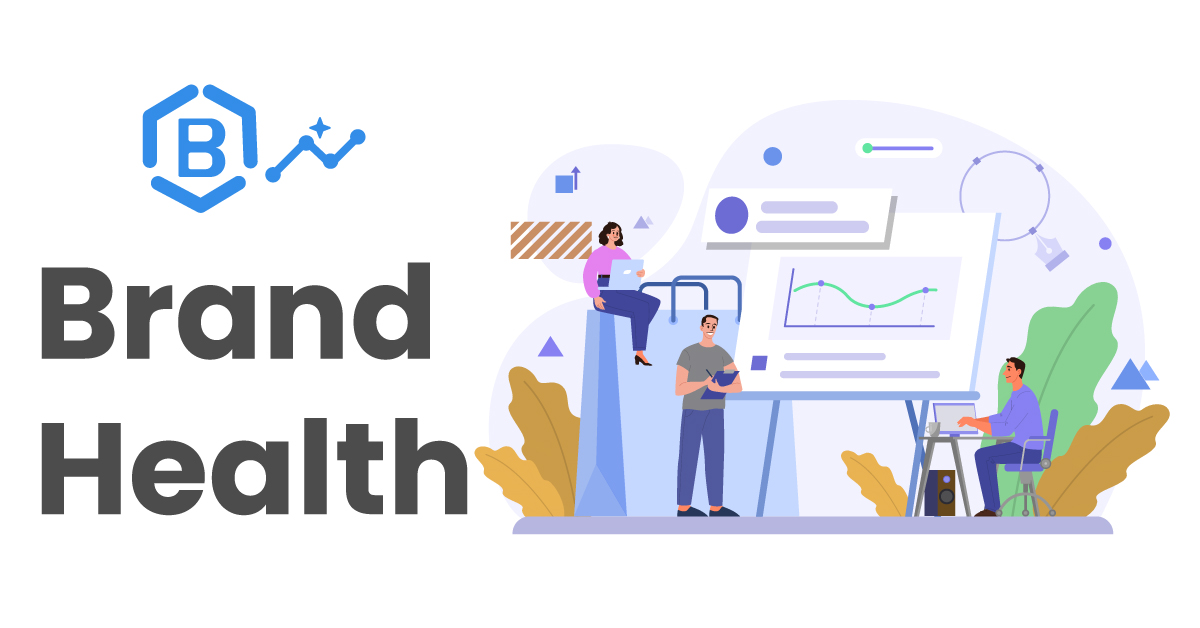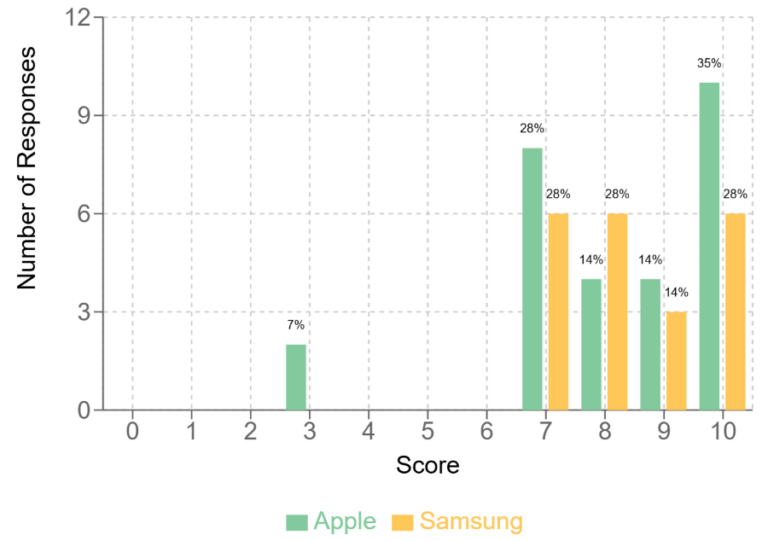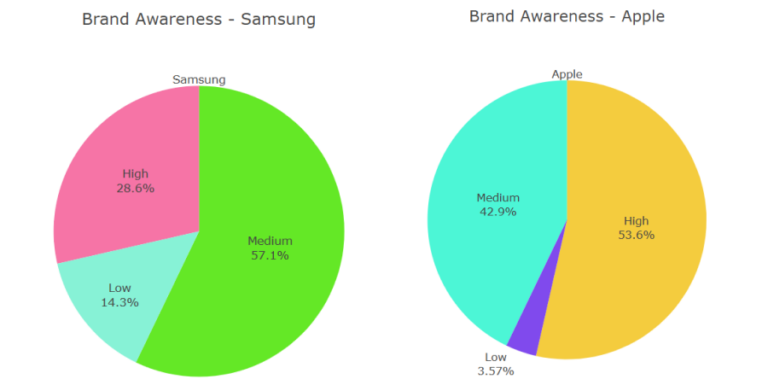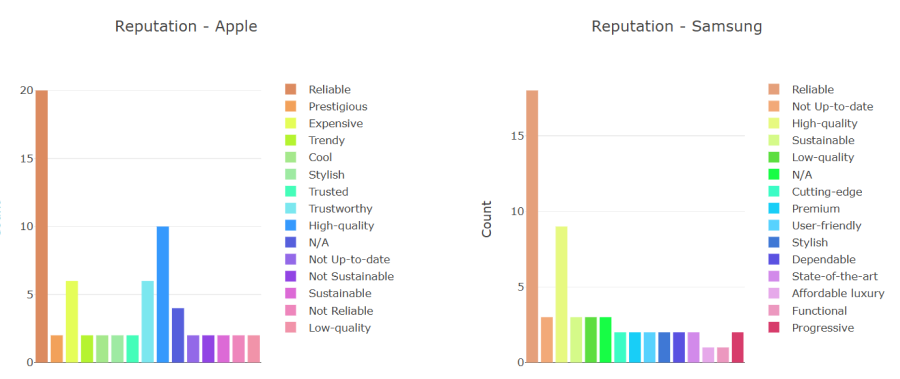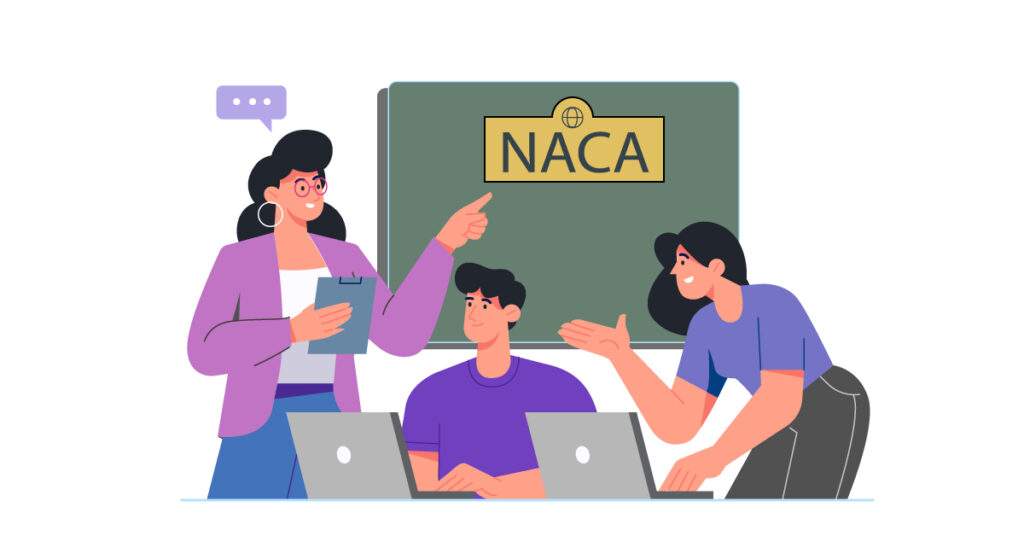Background
Traditional qualitative research faces challenges in cost, labor, and turning subjective feedback into actionable metrics in today’s competitive market. BrandInsights.org, in partnership with Qualz.ai, uses AI to automate the analysis of qualitative interviews, delivering precise, quantifiable insights into consumer perceptions and brand health for faster, data-driven decisions.
Challenge
Understanding consumer behavior is essential for brands, but extracting actionable insights from subjective qualitative data remains a challenge. Traditional analysis methods are time-consuming, prone to biases, and lack scalability, leading to missed opportunities and slower decision-making. Brands need a flexible, efficient framework to convert qualitative feedback into reliable, data-driven insights.
Methodology
To address the challenge of extracting quantifiable insights from qualitative data, BrandInsights.org partnered with Qualz.ai to create AI-powered consumer personas for realistic, diverse interviews. Transcripts were processed using a Large Language Model to automate and quantify subjective feedback, providing accurate, actionable insights. This approach identified key trends in consumer sentiment for brands like Samsung and Apple, enabling them to align strategies with evolving consumer expectations.
Outcome
The AI-powered analysis provided a deep understanding of consumer perceptions of Samsung and Apple, transforming qualitative feedback into quantifiable insights. Key metrics on brand health, customer loyalty, and digital engagement were uncovered, offering actionable perspectives to shape targeted strategies for growth and improvement.
Here are the metrics for Apple and Samsung presented on BrandInsights.org and visualized through charts for clearer insights:
Net Promotor Score (NPS)
NPS is a widely used metric to measure customer loyalty and satisfaction. It evaluates how likely customers are to recommend a product, service, or company to others.
